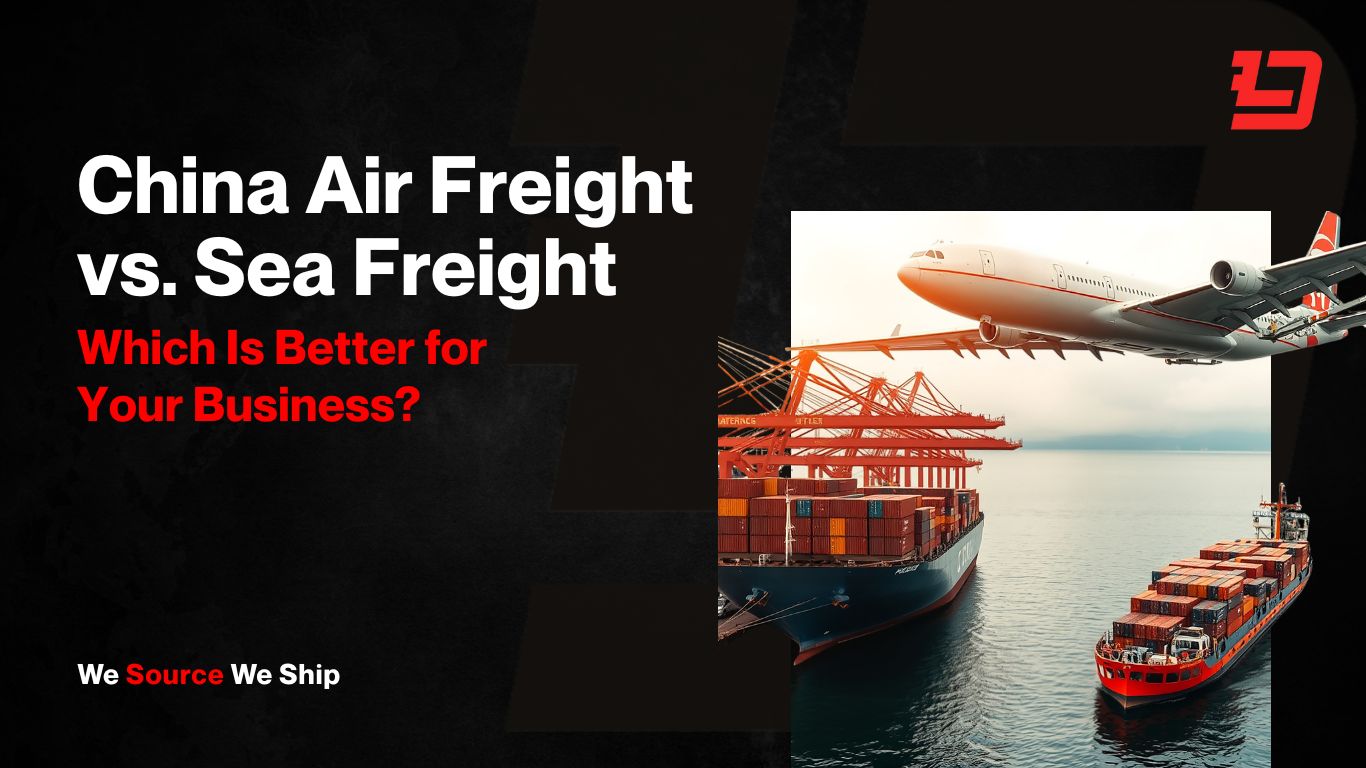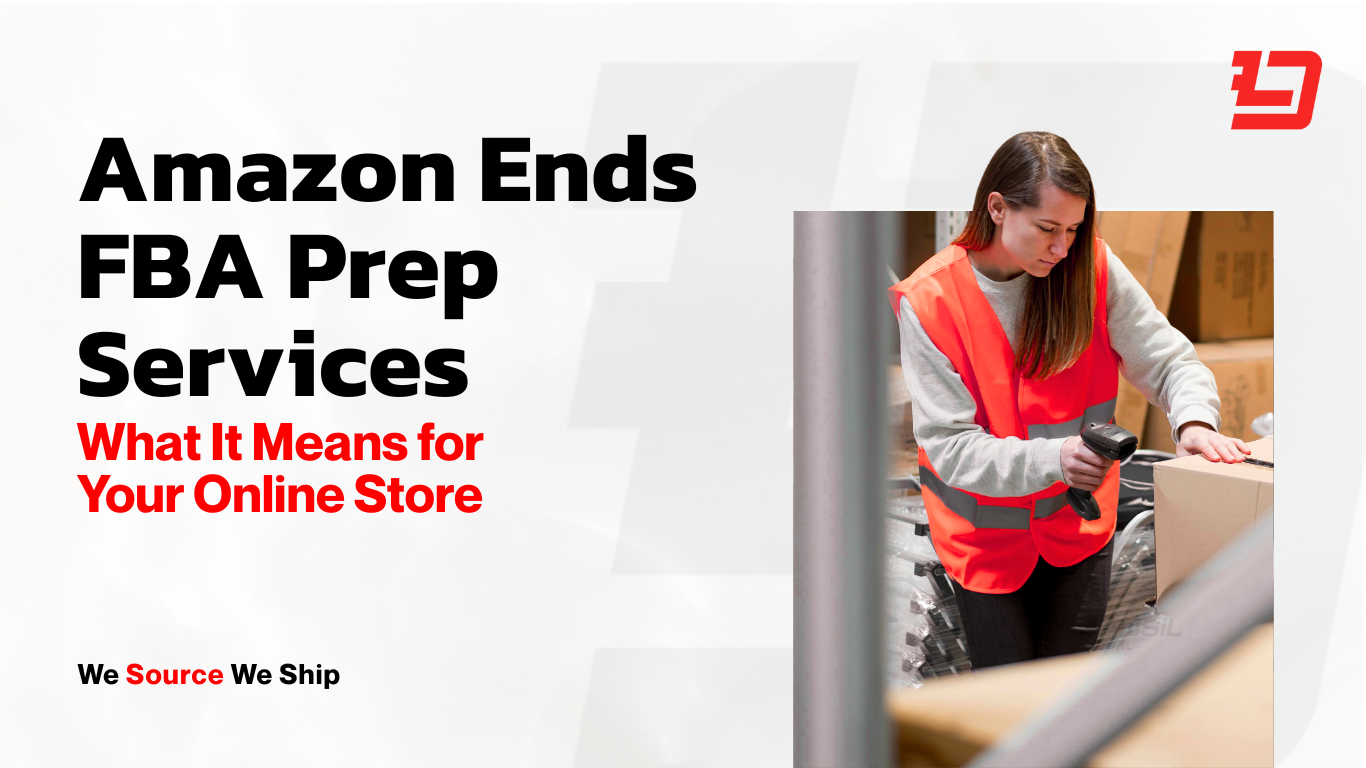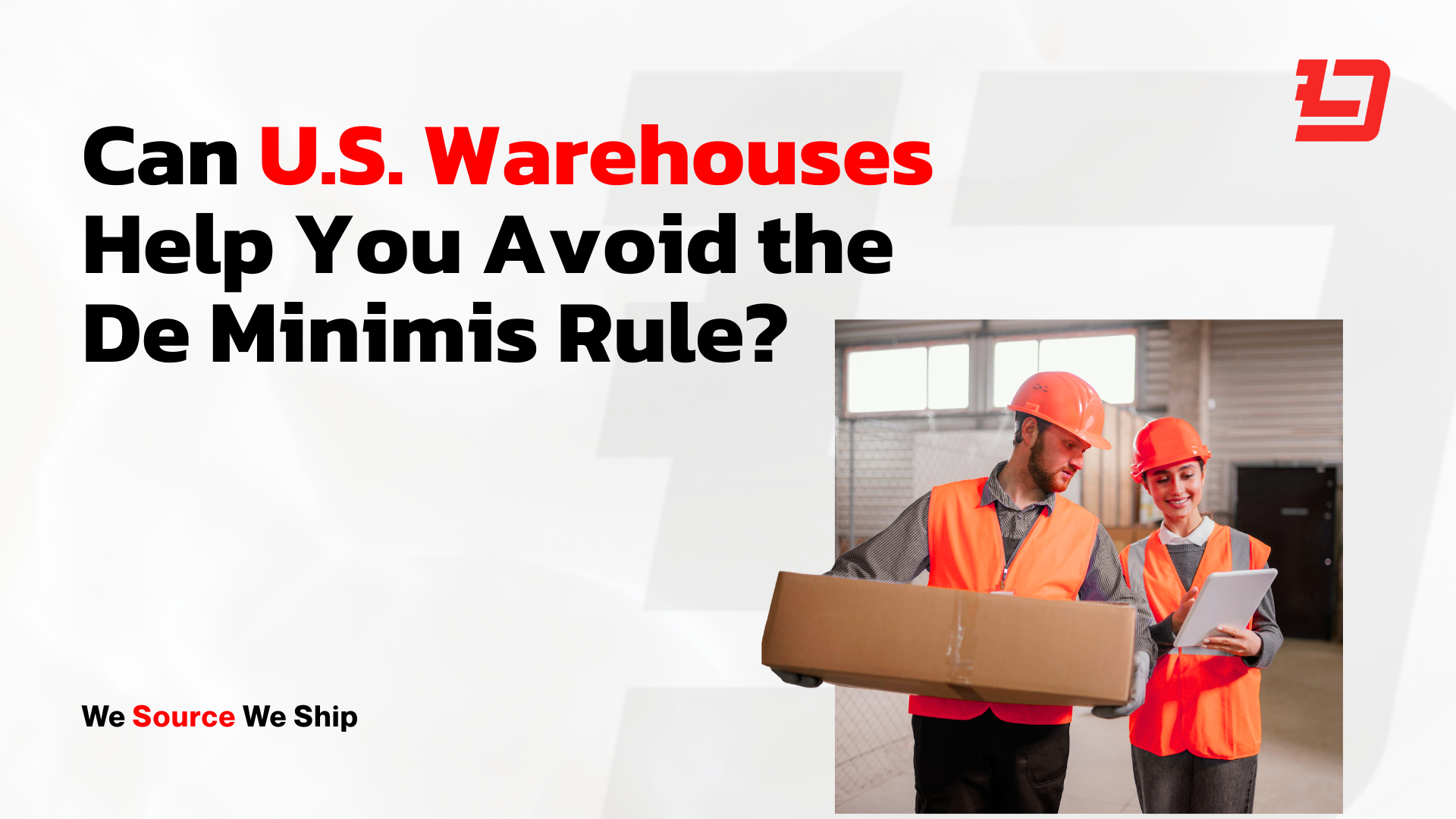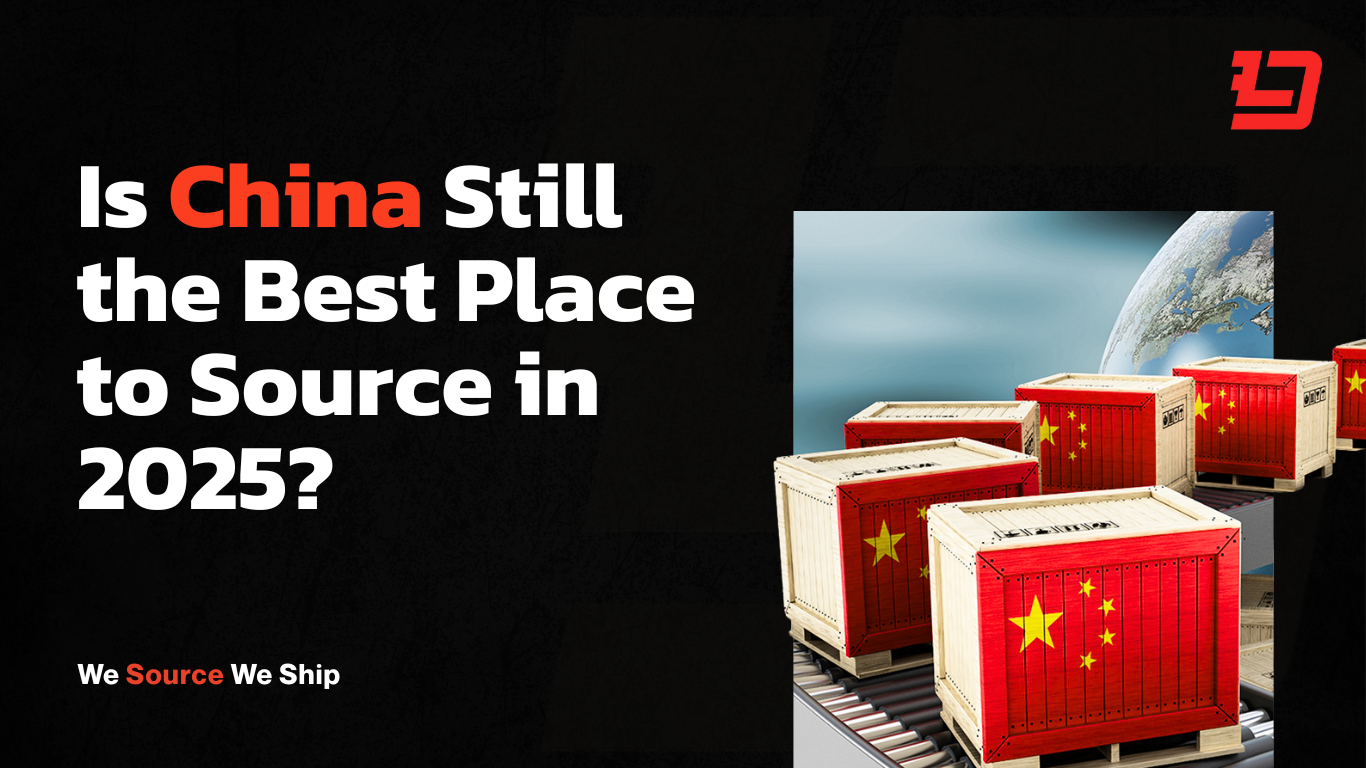China order fulfillment is the full journey from your factory to your customer’s door. It includes receiving goods, checking quality, adding labels or bundles, storing products, clearing customs for export, shipping by air or sea, clearing customs at the destination, and final delivery to the buyer. Each step matters because mistakes or delays at one point can slow everything down.
Air shipping usually takes 5 to 10 days door to door. It costs more but is best when speed is important, like for new product launches or when stock is running low. Ocean shipping usually takes 20 to 45 days depending on the ports, route, and season. It is slower but much cheaper, which makes it better for bulk restocks.
These time and cost guides help brands plan before asking for live quotes. A good rule is this: if air adds less than about 15 percent of your product’s retail value, it can be worth it. If ocean saves 20 to 30 percent on costs and still keeps you in stock, it may be the smarter choice. Many brands use both by flying urgent items while sending bulk by sea to balance speed and margin.
Planning Anchors: Costs and Timelines
Brands often start with rough benchmarks before getting live quotes.
- Air freight (Northeast Asia → North America): around 4–5 per kilogram, usually 5–10 days door to door. This is linehaul guidance only; quotes vary by route, week, and weight breaks. (Xeneta, Freightos)
- Ocean freight (composite index): about 2,044 per 40-foot container, usually 3–9 weeks door to door. Excludes local charges like drayage and origin handling. (Drewry, Freightos)

Many brands monitor these signals to sense-check landed cost and then validate with live quotes for their lanes and timing.
Benefits of Fulfillment Directly from China
China fulfillment centers give you a key advantage: inventory stays close to your factory. That means fewer handling steps, faster turnaround, and less chance of damage before goods even ship.
- Lower costs: Packaging, inserts, and bundling happen at source. You avoid paying twice for prep and cut volumetric waste with right-size cartons.
- Faster scaling: When orders spike, China 3PLs can add shifts, docks, and carrier capacity more easily than small domestic warehouses.
- Tech integrations: Native links with Shopify, Amazon, and major WMS tools give real-time stock and order tracking.
- Balanced inventory: You can split goods between China and the US. Urgent items fly, bulk items sail.
- Built-in quality control: Issues are caught at source, reducing returns and customer support headaches.
The result: cleaner landed costs per unit and more predictable delivery promises.
How Order Fulfillment Works from China
- Factory handoff: Supplier finishes production, books pickup, and sends goods to the fulfillment center with invoice and packing list.
- Receiving and checks: Cartons are counted, samples inspected, and barcodes confirmed before export.
- SKU setup and prep: Products are labeled, bundled, or kitted. Packaging is adjusted to minimize chargeable weight.
- Storage and sync: Inventory is put away. The 3PL connects to your store so orders flow automatically.
- Order routing: Rules decide if an order ships from China or from your US warehouse. Preorders and wholesale POs can go by ocean.
- Pick and pack: Items are picked, inserts added, and cartons sealed with compliant paperwork.
- Export and linehaul: Forwarder books air or ocean, files export, and tracks milestones like departed, arrived, and cleared.
- Import and last mile: Goods clear customs, then move into US nodes for 2–4 day domestic delivery or direct-to-consumer where viable.
- Returns and refurbishment: Returned items can be inspected, repacked, or recycled per your policy.
Review cost per order, lead times, and on-time performance. Adjust packaging or routing for the next cycle.
Costs and How to Model Them
Think of costs in clear buckets:
- Origin: pickup, receiving, QC, storage, packaging, pick and pack.
- Linehaul: air (per kilogram) or ocean (FCL or LCL).
- Destination: customs, duties, brokerage, drayage, warehouse inbound.
- Last mile: carrier fees, surcharges, and returns handling.
As an anchor, a 40-ft container at ~2,044 USD carrying 10,000 kg works out to ~0.20 per kg before local charges (Drewry). Air averages 4–5 per kg on China → US lanes (Xeneta). A simple rule helps:
- If air freight per kilogram is under 10–15% of retail per kilogram, it can work.
- If it climbs above 20–25%, move bulk by ocean and reserve air for launches or urgent stock.
DDP vs DAP from China After De Minimis Shifts
US de minimis rules have tightened in 2025. Many shipments under 800 USD now require more data, and some face duties or taxes.
- DDP (Delivered Duty Paid): Seller covers duties, taxes, and entry fees. Smooth for customers, but higher compliance load for you.
- DAP (Delivered at Place): Buyer pays duties and taxes on delivery. Lower seller exposure, but adds friction at checkout.
The best move is to confirm HS codes, product values, and compliance data with your broker to avoid clearance delays (CBP).
Choosing the Right Fulfillment Partner in China

Quick decision rule: Choose the partner that offers one plan across air and sea at the SKU level, clear landed-cost math, and the ability to stage inventory in both China and the US.
How Lansil Global Supports Your Growth
At Lansil Global, we handle the full chain so you don’t have to. Our China warehouse team takes care of factory handoff, quality checks, labeling, prep, and export clearance. Urgent SKUs get flown out quickly, while bulk shipments move by ocean to keep costs down and protect your margin.
When freight lands, our US warehouses in Nevada and Pennsylvania manage receiving, Amazon FBA prep if needed, pick and pack, tracking, and returns. The outcome is one plan, clear landed-cost math, and a reliable delivery promise for your customers.
Need a China fulfillment partner you can rely on? Let Lansil Global handle the heavy lifting so you can focus on growing your brand. Contact us now to explore fulfillment solutions that fit your business.










